Retrospective: Henry: Portrait of a Serial Killer (1986) – 30 Years of Pure Evil

Henry: Portrait of a Serial Killer inspired by the real life serial killer Henry Lee Lucas is a character study portrayal of the titular character. This true-life inspiration is based more on Lucas’ confessions and fantasies rather than the actual truth of the murders he was convicted for, as many of his confessions were false. The Henry here is the protagonist as the story is seen entirely from his point of view but he just so happens to be a serial killer; this is a slice of life depiction of a week in the life of a psychopath.
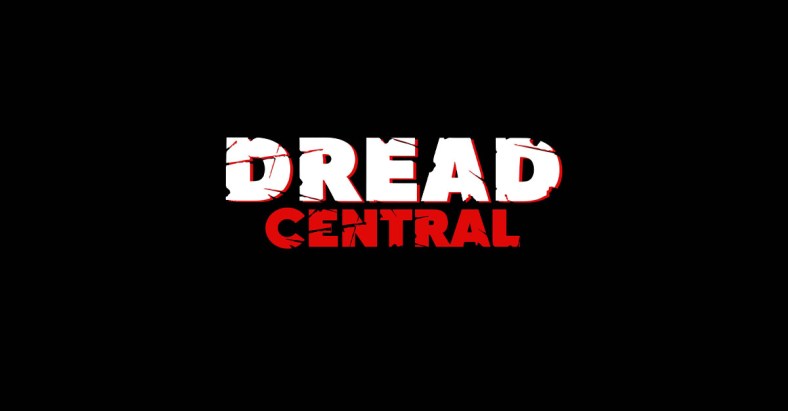
The directorial feature debut of John McNaughton co-writing the screenplay with Richard Fire and filmed over just 28 days on 16 mm is shot in a gritty realistic docu-drama style. Director of photography Charlie Lieberman employs a flat rigid framing helping to generate this look and feel of realism. This is perfectly supplemented by the powerfully ominous score composed by the trio of Ken Hale, Steven A. Jones and Robert McNaughton.

The opening scenes of the film include a montage of grisly shots showing us the dead bodies of five people. The first shot is of the body of a young woman posed in the exact same position as one of the victims in a case in which Henry Lee Lucas was a chief suspect. These shots represents a portfolio of the Henry here as if he were an artist as they are intercut with the scenes introducing us to this character as he goes about his day. He finishes breakfast in a cafe, takes a drive and spots a potential female victim, follows her home and deciding to leave it for now he then picks up a hitchhiker carrying a guitar… we only see the guitar again.
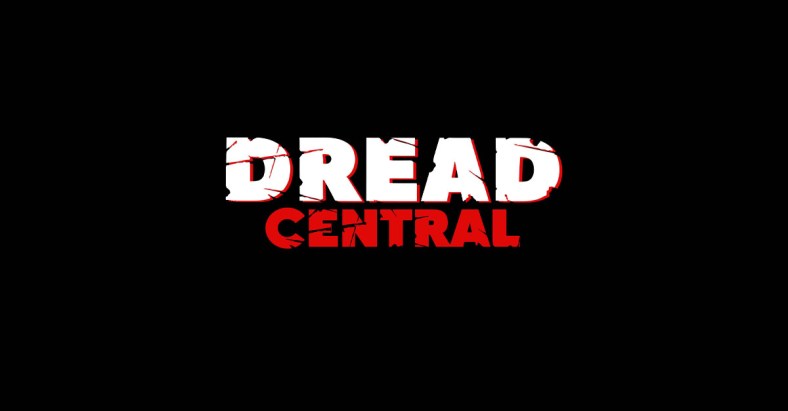
Over the course of the entire proceedings, McNaughton does not include one law enforcement officer on screen. This contributes to the presentation of a bleak, harsh and cruel world a seemingly lawless one stripping us of any comforts we might feel. The viewer is subjected to the sole company of Henry (Michael Rooker) and his partner in his murderous crimes Otis (the late Tom Towles) as they roam freely in Chicago to murder whomever they want in the most gruesome of ways.
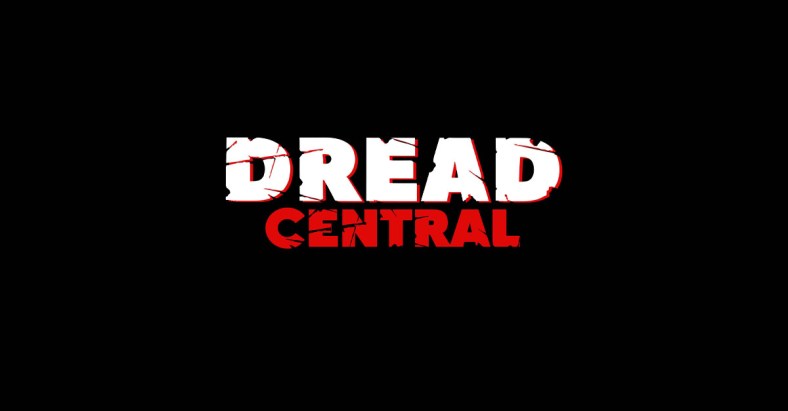
Rooker plays Henry with a grim determination. His performance is wholly convincing – chilling, intense and truly unforgettable. It is one of the most terrifying performances ever committed to celluloid. In what is a disturbing graphically violent movie, McNaughton and Fire sprinkle throughout subtle touches of dark humour. Henry’s roommate Otis is the funny man to his straight man presented in a darkly humorous manner providing some black as coal comedic relief in an otherwise downbeat affair full of hopelessness. Towles’ role as Otis is extremely effective in this respect largely due to his background in improvisational comedy. Tracy Arnold as Otis’ younger sister Becky who is staying with them in their apartment turns in a solid performance as a tragic figure. Her character has led a life of nothing but misery drawing our sympathies, as she remains here well and truly luckless.
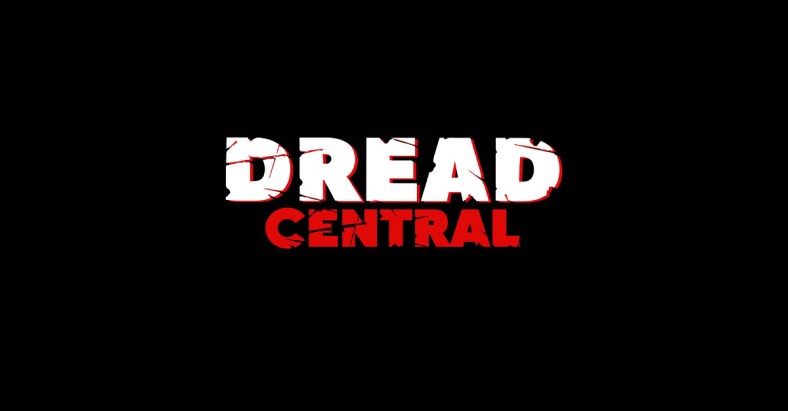
The Henry here does share many similarities with the real life Henry Lee Lucas. Like this Henry, Lucas’ mother was abusive and a prostitute who would dress him up in girls’ clothes and forced him to watch her have sex with her clients. His father was a truck driver who was struck by a freight train and lost both of his legs. The character in the film tells Becky the same story. The real Henry killed his mother and spent several years in prison. The character based on him makes the same claim but there is a great deal of uncertainty whether he did it or not due to the contradicting account of how he committed the murder. Like the real life Henry, he is a compulsive liar.
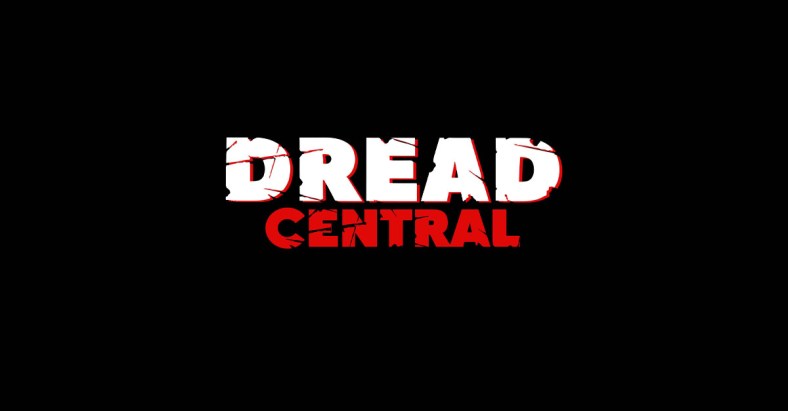
As here, Henry Lee Lucas became friends in prison with drifter and male prostitute Ottis Toole and they went on to become roommates when released. Although, the name given here is Otis. Lucas was also a paedophile who had a sexual relationship with Toole’s 12-year-old niece Frieda Powell who lived with them for many years. Frieda preferred the name Becky. Obviously though the portrayal here has Becky as Otis’ sister and as a fully-grown woman. Another noticeable difference is that due to the psychological damage inflicted by his mother Henry goes into fits of rage when he sees sexual acts performed in front of him. However, the real life Henry was a rapist.
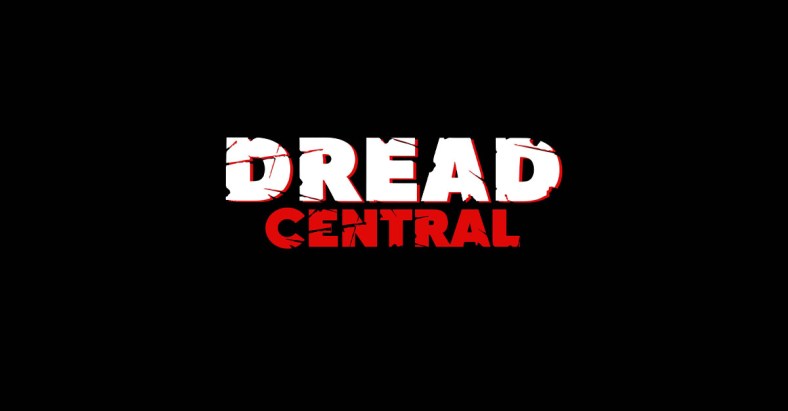
In a pivotal scene emphasising that the title character is indeed the protagonist, a rude backstreet TV salesman insults Henry and Otis when they are looking for a new television set. We know by this point they are murderers and there is this detestable character antagonizing them and we are just waiting for him to get his comeuppance. More so, we really want it to happen as the director forces us to relate to the evil doers. We have all been there experiencing confrontations with ignorant pricks like this in the stresses of our day-to-day lives and hope karma comes back to bite them. Here we get to see our fantasies lived out. The scene is also played out humorously to help us enjoy this violence as cinematic entertainment. John McNaughton cleverly flips the script, as just in a previous scene we were sickened when Henry dispatches two prostitutes with brutal efficiency.
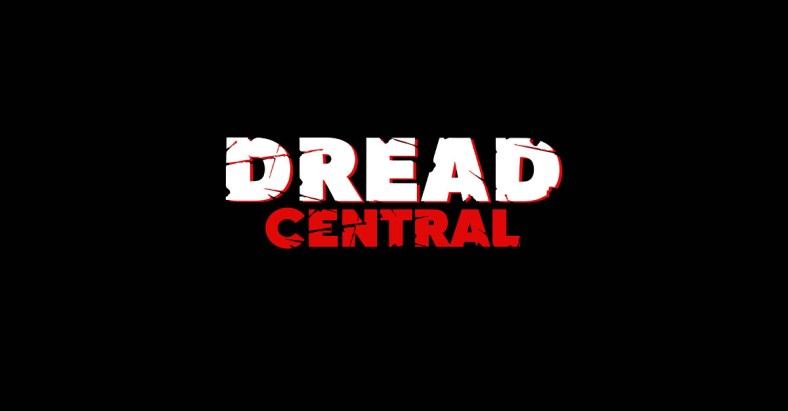
In another pivotal scene juxtaposed to this is the family massacre; one of the most prolonged, intense and harrowing examples of what evil humans are capable of doing that I have ever experienced in cinema. The previous scene depicted violence as entertainment but here we have the grim reality of it again. Henry and Otis shoot their heinous crime on a video camera they took from the TV salesman. They play back the tape on the television in their apartment watching it as if it were home entertainment. When Lieberman’s camera leaves the close-up of the atrocities we are witnessing on the screen of their TV set to reveal Henry and Otis viewing their despicable handiwork it is as if we are watching it right there with them participating in their entertainment but it is no longer fun. It is a hideous act making for an excruciatingly uncomfortable moment.

McNaughton flips the script once again from getting us to enjoy violence to then subjecting us to more but this is impossible for us to take pleasure in. However, due to the way he has filmed this sequence we are still the voyeurs sitting right alongside Henry and Otis while they are taking pleasure in their own abominable entertainment. The director is challenging us to ask ourselves what we are willing to accept for cinematic violence as entertainment.

This is far more frightening than any aliens, ghosts, slashers, zombies and demonic monsters in the horror genre, as you are never going to have a run in with these. That is purely fictional entertainment. There is no fantasy here just the fact that the real world is not a nice place and there could well be a sociopathic stranger waiting around the corner for you as their next victim. As one of the taglines says, “He’s not Freddy. He’s not Jason. He’s real.” This is most definitely about a monster but a human monster – a cold-blooded killer. Henry: Portrait of a Serial Killer remains just as much as a potently repugnant depiction of pure evil today as it did thirty years ago that forces us to look at the way we view screen violence.
[youtube https://www.youtube.com/watch?v=IU3P6WXzvXU]
Categorized:News Retrospectives

